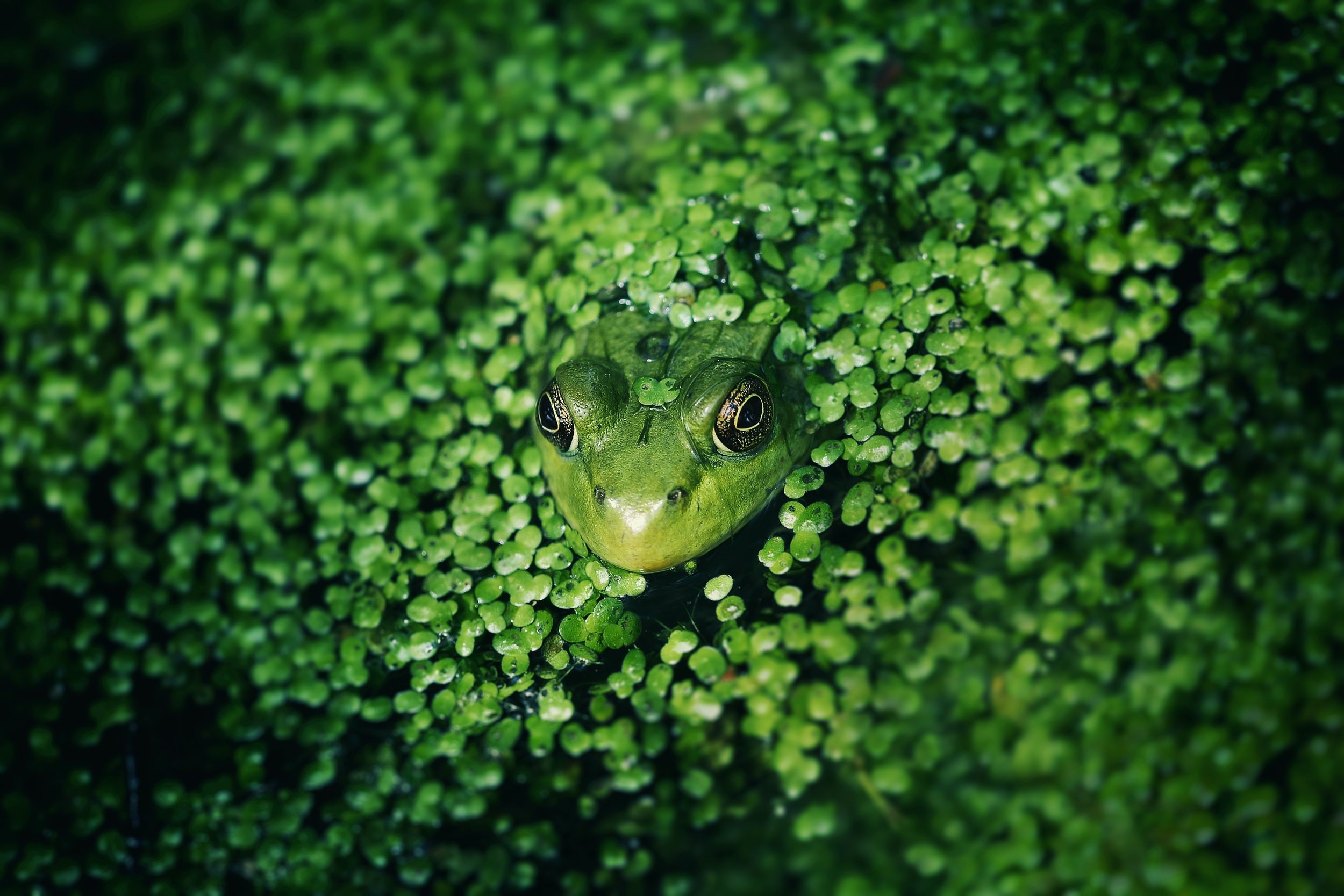If you offer complex services, consider making a shadow brand to use as a lead magnet
If you offer complex services, consider making a shadow brand to use as a lead magnet.
We commonly work with organisations that offer complex products and services that find it hard to concisely articulate the benefits without overdoing it. So sometimes, we advise a strategy of creating a shadow brand to use as a lead magnet for people that might have an interest and need for the service or product, so that there is space to detail more about what it actually is.
Businesses that have a more obvious product or service (such as food, or physical product where the benefit is very obvious) have an easier job to show value, but a busier market to stand out in – and therefore need a very different marketing strategy (that of constantly engagement through a variety of touchpoints).
Sub-brand can be used as a lead generator where the main brand may not be able to access the market very well, perhaps due to complexity. For arguments sake, they have a clear distinction yet are connected.
But what is a ‘shadow brand’?
A shadow brand is a subsidiary or secondary brand that operates within an existing brand's portfolio, with the purpose of catering to a specific market segment or customer group. Shadow brands are usually established to complement the parent brand and to target a particular customer segment or to test new products or markets.
Shadow brands may have their own identity, marketing, and branding strategies, but are ultimately under the umbrella of the parent brand. Examples of shadow brands include Nissan's Infiniti, Toyota's Lexus, and Coca-Cola's Honest Tea.






